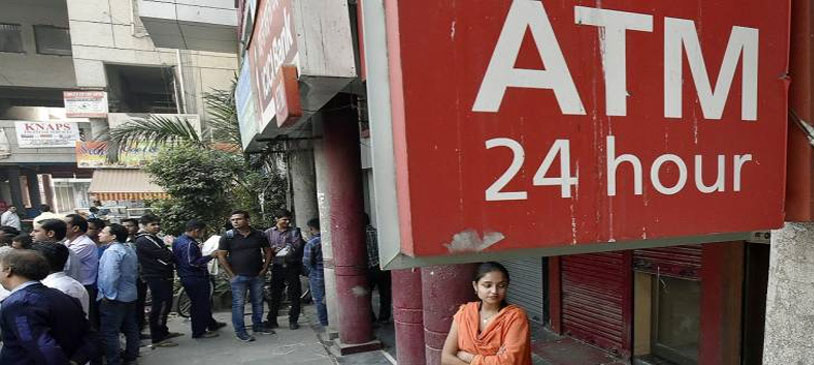For India’s population of over 1.3 billion, cash still remains the favoured and for many the only means of payment, particularly in semi-urban and rural areas. While debit card issuance increased rapidly in the last few years, the number of ATMs has not increased commensurately, creating a challenging situation for banks and inconveniencing customers. India trails behind other markets when it comes to ATM penetration. India has 18 ATMs per lakh of population, compared to China (63), Brazil (81), Japan (107) & Australia (132). In India, with ATM availability in tier 3, tier 4 locations even lower at approximately five ATMs for every lakh citizens, this problem is aggravated even further.
With a view to increase financial inclusion and drive ATM penetration in the country, the RBI had endorsed the launch of White Label ATMs (WLAs) that allow private non-bank companies to institute and operate their own brand of ATMs in the country. Any non-bank entity with a minimum net worth of ₹ 100 crores can apply for WLA licence. The primary objective of authorizing non-banks to operate WLAs was to enhance the spread of ATMs in semi-urban and rural areas, specifically in Tier III to VI areas, where bank-owned ATM network was not growing.
WLAs are linked to the National Financial Switch (NFS) of National Payments Corporation of India (NPCI) which means the consumers of any bank can use WLA services seamlessly. WLA Operators manage and operate the ATMs; take care of the infrastructure along with the cash requirement for the ATMs, thus enabling basic banking services. They get paid an interchange fee fixed by the RBI, which is paid by the bank of the consumer who uses their ATM service. They also need to follow stringent security norms specified by RBI as they are regulated by RBI.
In effect there are three intrinsic parties who are part of WLA operations: Non-bank entities like Hitachi Payment Services; card networks like RuPay, Visa or Mastercard; and a sponsor bank for cash management and funds settlement. Sponsor banks provide cash and are accountable to settle transactions for these ATMs while the maintenance and servicing of the ATM site and necessary co-ordination with the sponsor bank is the WLA operator’s responsibility.
On the consumer front, the WLAs are no different than using ATMs of any other bank. Consumers with debit card of any bank can withdraw cash from such ATMs as well as avail other services such as balance enquiry, pin change etc. Similar as other bank ATMs, number of transactions at WLAs are also free as per RBI guidelines.
With the government’s financial inclusion program such as Jhan Dhan Yojana and other Direct Benefit Transfers (DBT), more ATMs are required in rural locations. As consumers receive government subsidies as direct cash transfers in their bank accounts, ATMs are an important touch point that facilitates easy access to cash. In effect, White Label ATMs can provide the much-needed infrastructure thereby complementing various government initiatives.
In spite of a variety of efforts, a large part of the rural population still remains underserved. This offers an exclusive prospect for WLAs to scale their operations over the next few years, potentially providing access to millions of more consumers and contributing to the financial inclusion agenda.
To aid this, the RBI has taken various measures to propel the growth of WLAs and make them financially viable. It permitted WLAs to take cash from RBI designated currency chests or source cash from any scheduled bank / RRBs as well as allowed WLAs to exhibit advertisements at the ATM site. The RBI has also permitted deployment of cash recycling machines to enable interoperable cash deposit services and banks can issue co-branded ATM cards in association with the authorized WLAs.
A growing economy and ever-increasing demand for financial services will put massive pressure on the banking system that will be quite untenable at the existing level of infrastructure. Here, the ecosystem needs to invest in further developing the infrastructure and educating consumers in smaller towns and cities to persuade across-the-board adoption of various payment channels.
SOURCE: bit.ly/2NozfVI
